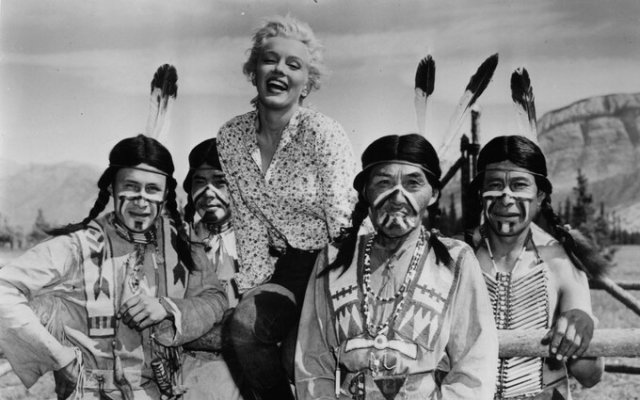 Marilyn Monroe with extras on the set of the 1954 film «River of No Return» Photo: Moviepix
Marilyn Monroe with extras on the set of the 1954 film «River of No Return» Photo: Moviepix
Martin Scorsese's Killers of the Flower Moon, perhaps he got five-star reviews across the board, but not everyone was thrilled.
The film tells the story of the Osage Indian murders in Oklahoma in the 1920s. Leonardo DiCaprio plays Ernest Burkhart, who conspires with his uncle William Hale (Robert De Niro) to poison Burkhart's Native American wife Molly (Lily Gladstone) in a plot to seize rights to Osage oil lands.
Christopher Cote, Scorsese's Osage consultant, attended the premiere and told The Hollywood Reporter that he had «some strong opinions» about the finished film. “As an Osage, I really wanted it to be from Molly's point of view and what her family went through,” Cote said, “but I think it needs an Osage.”
The criticism comes despite to Scorsese's attempts to not tell this story about white people. Scorsese had dinner and meetings with representatives of the Osage Nation and, based on these meetings, decided to change the perspective of the script, away from the white savior narrative and how law enforcement would investigate the case.
Scorsese worked with Osage chief Jeffrey Standing Bear, and local Osages also worked behind the scenes and as consultants. «But no Native Americans are involved in writing, producing or directing the film's creative process,» wrote Angela Aleisse, a film historian and author of several books on Native Americans in film. “This is an ongoing problem.”
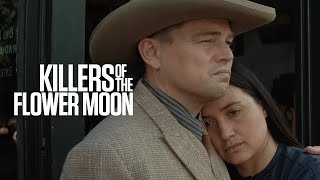
Native Americans and Hollywood have a long history together. Depictions of Indians go back to the very first movies. Angela Aleisse explains that film depictions of Indigenous people have gone through cycles — from noble savage to savage warrior, from hostile to sympathetic portrayals. The more positive images, as well as the significant contributions of Native American filmmakers and actors, were lost over time as they were overshadowed by the more popular negative stereotype: wild Indians wearing headdresses, shooting arrows at cowboys, and speaking the language spoken by a Canadian Indigenous critic peoples Jesse Wente. called “Speak Tonto.”
For years, Native American actors have had to come to terms with this. Navajo actor and director Brian Young wrote about the issue for Time magazine. He vowed never to wear war paint or feathers again. “At some point, every Native American actor finds himself at a career crossroads and must answer the question: Am I participating in stereotypes or am I maintaining my cultural integrity?” That is if Native American actors are cast at all. Hollywood has a history of casting white actors to play Indians playing «red faces.» The higher-status «Indian chief» roles have gone to non-Indigenous actors, and Indigenous actors make up the supporting (not to mention lower-paid) roles.
More recently, in 2013, controversy erupted over Johnny Depp's portrayal of Tonto in Disney's reboot of The Lone Ranger, followed by Rooney Mara's portrayal of Tiger Lily in 2015's Pan. The problem, perhaps, is that films, including Killers of the Flower Moon, are made with white eyes. Hanai Geyogama, a Native American playwright, producer and UCLA professor, agrees. “It's not that difficult,” he says. “The only way to tell the story of the American Indian is to write it.”
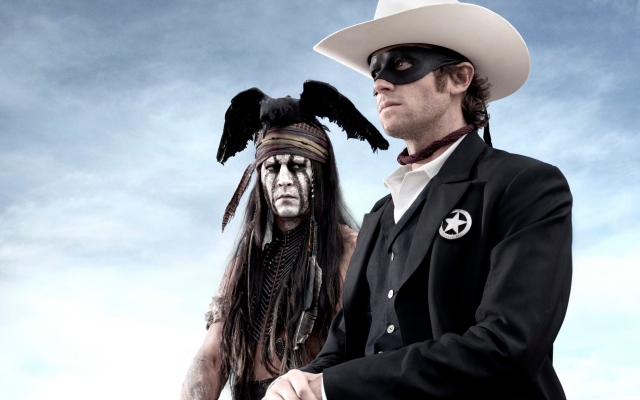 Johnny Depp and Armie Hammer in The Lone Ranger Photo: Peter Mountain
Johnny Depp and Armie Hammer in The Lone Ranger Photo: Peter Mountain
Westerns and Native Americans became popular in the early days of silent film. By the time of the silent westerns, the indigenous people had been forced onto reservations. “Of course, this part of American history was still going on at the time when cinema was really getting started,” Jesse Wente said in the 2009 documentary “Reel Injun.”
As Angela Aleisse has noted, early film studios produced one or two reels at a rate of about 12–15 per month (one reel was about 10 minutes long). Portrayals of Native people—sometimes sympathetic and romantic—were inspired by Buffalo Bill's Wild West vaudeville show, pulp novels, and classic literature such as James Fenimore Cooper's The Last of the Mohicans. “Silent films were a mixed bag,” says Aleisse. “You had a wild warrior, a noble Indian, a “half-breed.” Then there were films that talked a lot about the loyalty of Indians.”
Director D. W. Griffith, best known for the landmark KKK epic The Birth of a Nation, has made 30 films with Indian themes. Thomas H. Ince, a pioneering producer dubbed the «Father of the Western,» moved Oglala Sioux families to his mountainside manufacturing village in Santa Monica.
Hollywood's first Native American director was James Young Deere, who operated the Pathé Frere base on the West Coast. He oversaw the production of more than 150 silent single-reel Westerns and enjoyed considerable creative freedom. His films were whimsical satires that subverted already traditional Western stories. Young Deere also became embroiled in Hollywood's first sex scandal. In 1913, he was accused of introducing an actress into a human trafficking ring and then raping a 15-year-old boy. He fled to England but returned to the United States, by which time his accusers were long gone. His career never fully recovered, although he did make the first film about the Osage murders, Tragedy of the Osage Hills. The film premiered in May 1926, just four months after the men De Niro and DiCaprio played in Killers of the Flower Moon were arrested.
John Wayne, Jeffrey Hunter and Beulah Archuletta in The Searchers Photo: Getty
By the early 1930s, Westerns had fallen out of fashion and were relegated to the status of B movies—the formulaic, clichéd films that John Wayne often starred in. The Hollywood Indian has turned into a stereotypical savage — all in war hats, tepees and Tonto language. These films would later fill television schedules, perpetuating negative stereotypes. “In the 1960s, these B-movies were sold on television,” Aleisse says. “People saw cowboys and Indians as very superficial things. There's a lot more that hasn't been sold on TV.» Indeed, there were films about the Native American experience, such as The Silent Enemy and The Laughing Boy, but they failed. “The problem is that people didn’t want to see it,” Aleisse says. «They didn't line up.»
The Western was revived in 1936 by Cecil B. DeMille's The Plainsman, followed by Stagecoach, directed by John Ford. In this film, John Wayne and a crowd of white men travel to New Mexico under threat of attack by Geronimo and his bloodthirsty Apache warriors. “Stagecoach is an iconic Western,” said Jesse Wente in Reel Injun. “This is the Western that all the others were really modeled after, and it is one of the most destructive films about indigenous people in history. Inside the stagecoach is white society, and it is surrounded — and on all sides — by indigenous peoples. In the wild nature of America.»
Even now, the stereotypes of these Westerns persist. Hanai Geyogama describes how he was «instantly exoticized» as a Native American. “It’s almost impossible to react to,” he says. One of the old stereotypes you see in movies is the “drunk Indian.” “Even a person like me would be suspected behind the scenes of being a drunken Indian,” Geyogama says. “Either I have a herd of horses in my backyard that I jump on, or I have a big wigwam and I prefer to sit in it rather than in my house. All this is so firmly ingrained in the non-Indian consciousness. I don't think non-Indians use this thinking in an angry, negative way. I think it's just here.»
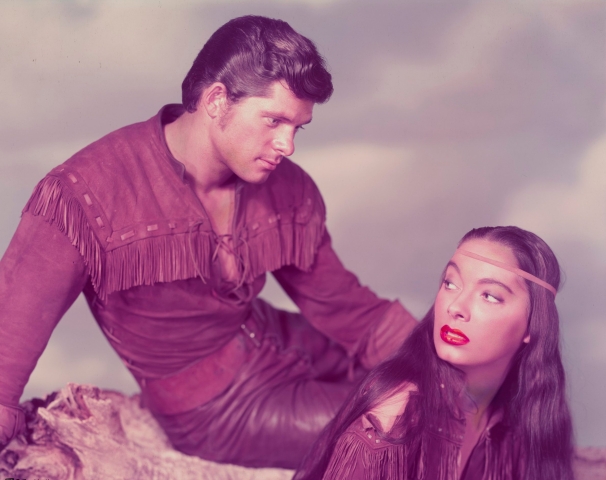 Dewey Martin and Elizabeth Menace in the 1952 film Big Sky Photo: Getty
Dewey Martin and Elizabeth Menace in the 1952 film Big Sky Photo: Getty
During World War II, on-screen relationships between white Americans and indigenous peoples softened. “The studios didn't want to send films overseas where white people were shooting up Indians,” Aleisse says. “We had to fight fascists and genocide.” Aleys points to 1941's They Died With Their Boots On, a historical biopic of Lt. Col. George Custer (Errol Flynn) leading up to his death at the Battle of the Little Bighorn. “What happens with the Custer is that they modify it,” Aleisse says. “He becomes a friend and ally of Crazy Horse (the infamous Lakota who fought against Custer's cavalry at the Little Bighorn). Caster even calls Crazy Horse his brother.»
In the film, Crazy Horse is played by Anthony Quinn, an American actor of Mexican-Irish descent. Many non-Indian actors have taken on Native roles, a standard practice in Hollywood. People like Burt Lancaster, Elvis, Rock Hudson, Burt Reynolds, Boris Karloff, Chuck Connors, Audrey Hepburn, Debra Paget and Charles Bronson have played Native Americans. «The reason they give to Indians is because 'you don't know how to act,'» Geyogama says. “This is absolutely not true. There are some really good Indian actors. I know, I worked with them in the theater! But this perception is still built into the system.”
The issue of authenticity dates back to the dawn of cinema. As noted in Aleisse's 2005 book, Let's Make a White Man an Indian, the trade magazine Moving Picture World praised the 1910 film for its use of real-life Indigenous actors. “The public is no longer satisfied with white men trying to embody Indian life,” the magazine writes. «The actors must be real Indians.» The following year, a delegation of Chippewa residents protested the «false portrayal of Indian life» in the film Curse of the Red Man.
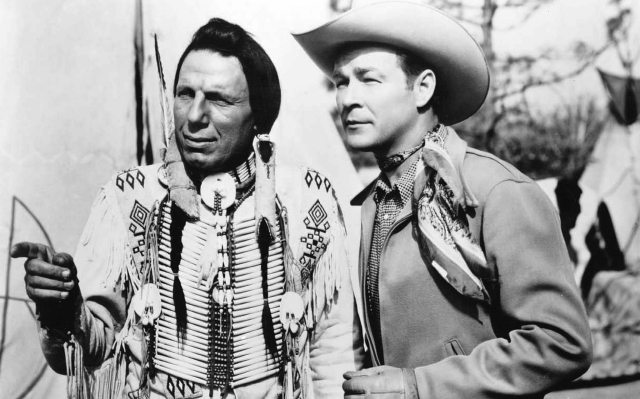 The actor known as Iron Eyed Cody, who was actually Italian, with Roy Rogers. Photo: Reuters
The actor known as Iron Eyed Cody, who was actually Italian, with Roy Rogers. Photo: Reuters
In 1936, actor, writer and activist Luther Standing Bear founded the Indian Actors Association in response to the casting of non-Native actors in Indian roles. Members criticized stereotypes of Indians who «talk and grumble like idiots» and demanded equal pay. Non-Indian extras were paid almost double what the actual Indian actors were paid. And roles were few and far between (as Brian Young also talked about in 2015).
Native American athlete Jim Thorpe—in fact, the first Native American to win an Olympic gold medal for the United States—became a bit player in films and spoke out against casting non-Indian actors. «We can only work with a few photos each year, and when they use white men, it just means we can't make a living,» he said. Determinedly white Burt Lancaster will play Thorpe in the 1951 film about his life, Jim Thorpe: All American.
There were other issues of genuine Indian ancestry: Chief Buffalo Child Long Lance claimed to be a Canadian Blackfeet. It turned out that he was of mixed African-American descent. He later shot himself. Iron-eyed Cody became famous for playing Native American roles, most famously as a crying Indian in an anti-pollution commercial. Cody claimed to be indigenous, although he was in fact of Sicilian descent. Even Sashine Littlefeather, who turned down Marlon Brando's Oscar at the 1973 Academy Awards, was revealed to be of Mexican descent after her death last year. (Which the indigenous community has obviously known for years.)
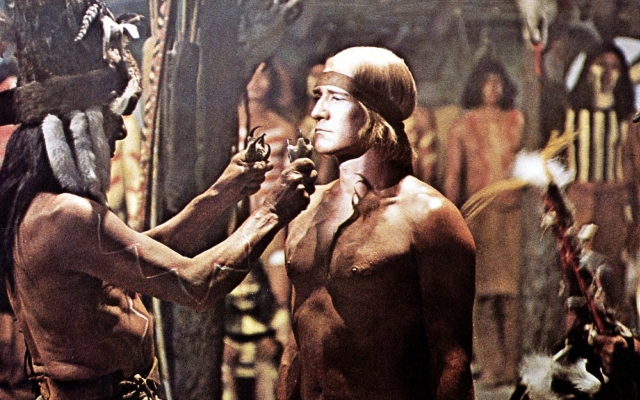 Richard Harris in A Man Called Horse Photo: Getty
Richard Harris in A Man Called Horse Photo: Getty
Brando boycotted the event to protest Hollywood's treatment of Native Americans. Of course, it was a bloody period for Indigenous people in film. As detailed in Reel Injun, the American Indian became an allegorical tool amid concerns about the Vietnam War. In 1970, Ralph Nelson's film Soldier Blue depicted U.S. cavalry carrying out a massacre of a Cheyenne village that alarmed censors—a reference to both the Sand Creek Massacre of 1864, in which U.S. troops killed 230 people, and the My Lai Massacre. , which took place in Vietnam just two years before Soldier Blue.
There was more violence in A Man Called Horse, also released in 1970, in which Richard Harris experiences Sioux savagery. The film sparked protests for its portrayal of the Sioux and for its casting of a white man as its hero. Director Elliot Silverstein clashed with studio bosses over scenes of the Sioux laughing. The studio apparently thought their Indians were too inhuman to laugh at.
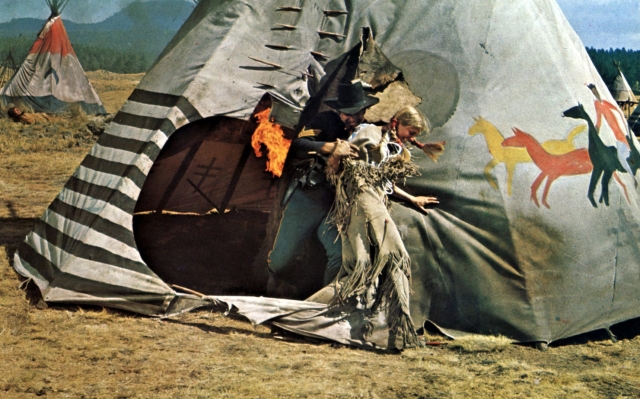 The controversial 1970 film Soldier Blue Photo: Getty
The controversial 1970 film Soldier Blue Photo: Getty
Brando and Littlefeather's protest came at a time of more real activism. From 1968 to 1971, Native American protesters and supporters staged a 19-month occupation of Alcatraz. In 1972, 500 Native Americans marched on Washington, D.C. for political sovereignty. And in 1973, the American Indian Movement occupied Wounded Knee, the site of the 1890 massacre, in a two-month standoff with the FBI.
As Hollywood legend has it, John Wayne was angered by Oscar's Sacheen Littlefeather protest and had to be restrained. Years later, this story was debunked. But Wayne's westerns caused the kind of cultural damage that Brando protested. «The Searchers,» released in 1956, contains terrible stereotypes and contains one of the most salacious attacks on Native Americans: Wayne's hero, a fanatical cowboy, shoots a now-dead Comanche in the eyes.
By the mid-1970s, Will Sampson from One Flew Over the Cuckoo's Nest became a new type of Indian hero. “He tried to take the Indians out of the old clichés and put them in a modern setting,” Aleisse says. “He was very successful in this.”
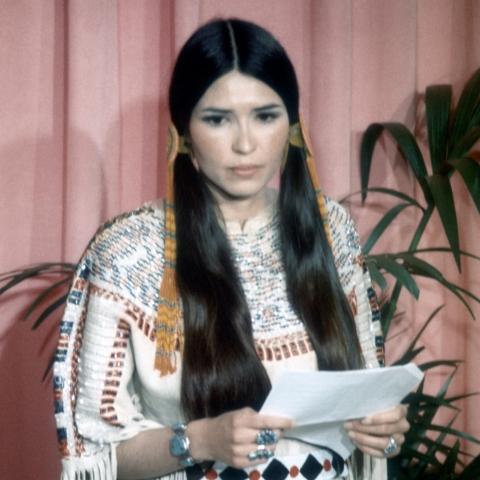 Sachin Littlefeather, who refused Marlon Brando's Best Actor Award at the Academy Awards, 1973 Academy Awards. Photo: Getty
Sachin Littlefeather, who refused Marlon Brando's Best Actor Award at the Academy Awards, 1973 Academy Awards. Photo: Getty
After falling out of favor, the Western—and the Hollywood Indian—was revived with the huge success of Dances with Wolves in 1990, which was credited with humanizing the Indian. The film also received an Oscar nomination for Canadian actor Graham Greene. However, Dances with Wolves has since been criticized for telling the story from a white perspective.
Hanai Geyogama faced the same problem while working on a series of five television films in the mid-1990s. “I’ve worked with five white writers—five,” he says. “They were talented but had no idea about Indian life. Not at all. I suggested topic sentences that would have been really effective, but they didn't happen. They followed the standard. Decade after decade, they grew up with the image of Hollywood Indians. It is burned into their minds, as it is into the minds of millions of American citizens.”
For Geyohama, the portrayal of Native Americans is like so much else in the U.S.: a matter of economics. “There are so many things built into the Hollywood system,” he says. “There has to be a star — a big white hero — Robert Redford or John Wayne. The distortion begins immediately with the economic factors associated with this process.” This is probably why there are no white actors playing red faces in Hollywood right now: because The Lone Ranger was a flop.
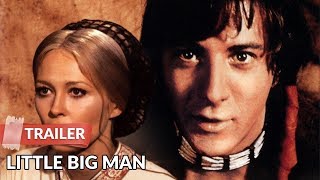 < p>Geyogama credits Little Big Man, the 1970 Western starring Dustin Hoffman, with a rare success in its portrayal of Native Americans. Also, Chris Eyre's 1998 comedy Smoke Signals, a then-rare story about contemporary Native Americans that actually stars, is written and directed by Native talent. Other recent, contemporary stories include the series Dogs of the Reservation and Rutherford Falls.
< p>Geyogama credits Little Big Man, the 1970 Western starring Dustin Hoffman, with a rare success in its portrayal of Native Americans. Also, Chris Eyre's 1998 comedy Smoke Signals, a then-rare story about contemporary Native Americans that actually stars, is written and directed by Native talent. Other recent, contemporary stories include the series Dogs of the Reservation and Rutherford Falls.
While many Hollywood portrayals are sympathetic to Native Americans, this may not be the same as being culturally sensitive—especially in the context of our current understanding of representation and cultural appropriation. Which is easy to say to a white person in 2023. The industry's history of protests shows that portrayals of the phenomenon have long been an issue for Native American actors and directors. As recently as 2015, reports surfaced that Indigenous actors walked off the set of the Adam Sandler parody The Ridiculous Six due to offensive imagery. The reports appear to have been exaggerated, but the story touched on still-existing tensions. Geyogama says Hollywood's attempts to tell Indigenous stories have «largely failed.»
Angela Aleys is committed to highlighting the achievements of Indigenous actors and directors. This is the theme of Aleys' book, «Native Americans of Hollywood.» Aleiss recalls Chickasaw director Edwin Carew, who directed about 60 films; Will Rogers, Cherokee actor and megastar of his time; and Jay Silverheels — Tonto on television — who founded the Indian Actors Workshop. “Natives don’t have as many black Americans, Asians, or Latinos in American society,” Aleisse says. «I think that's why it's so important to look back and give them the credit they deserve.»


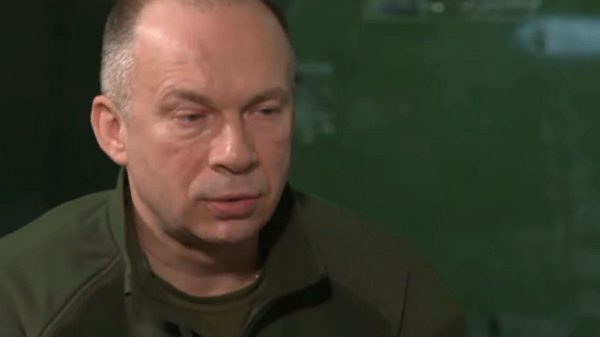




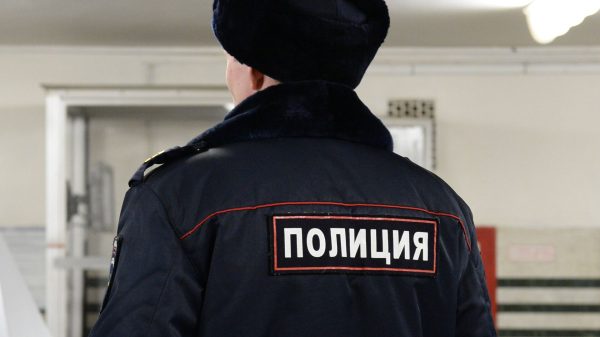
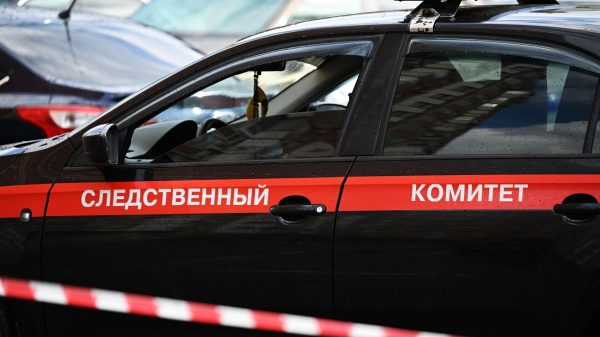
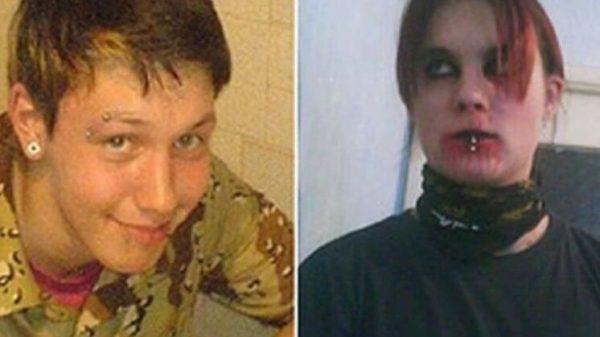
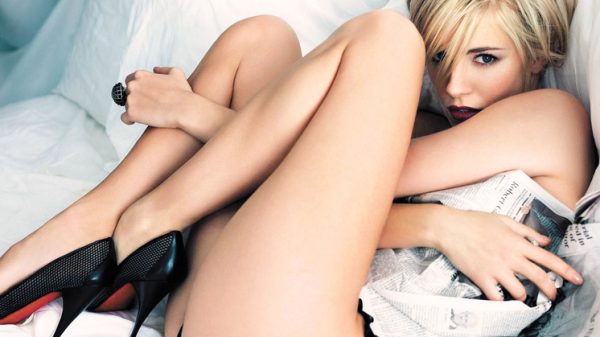






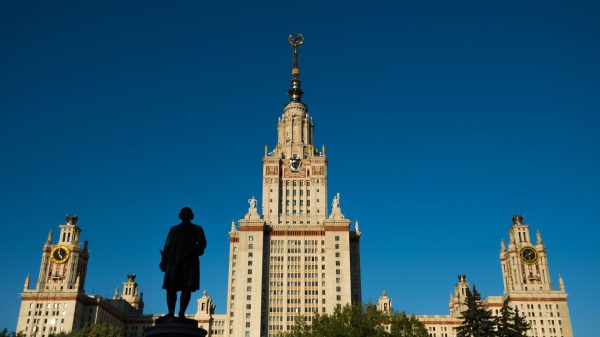
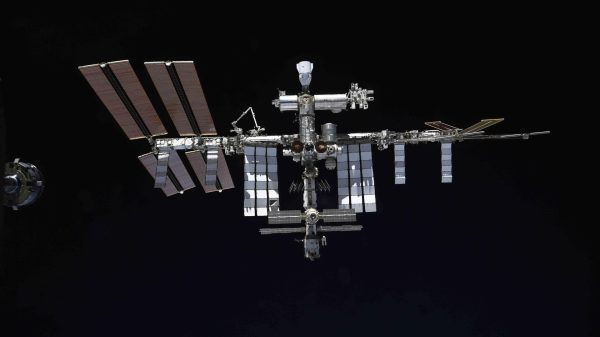

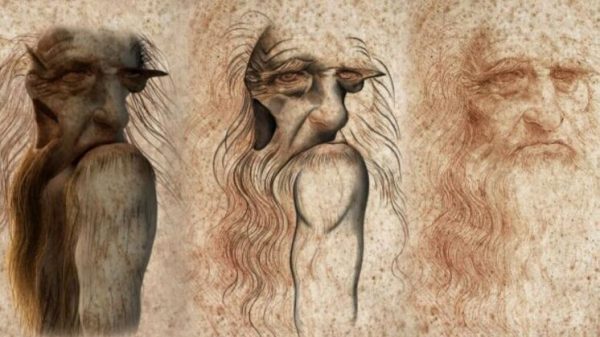

















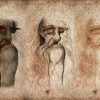



















Свежие комментарии